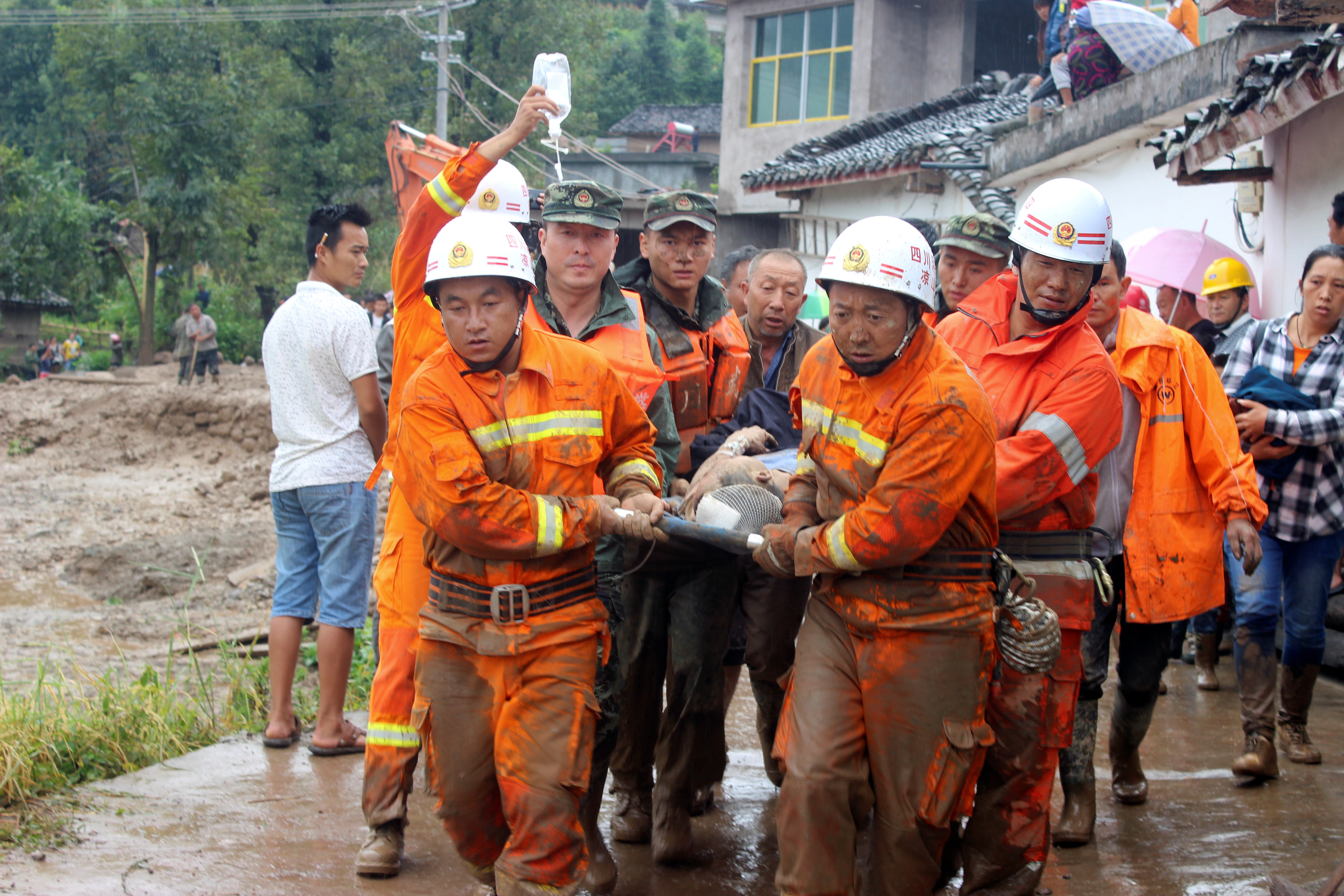11 August, 2017
Fidget spinners have become extremely popular with people of all ages, including young children. According to the statement, fidget spinners may pose a risk of both explosions and choking in young children.
Always use the cable that came with the fidget spinner for charging.
But most fidget spinners are considered general-use products, the commission's business guidance said, so they aren't intended primarily for children - and they don't have to meet those standards.
Unfortunately, little oversight has resulted in a bunch of generic electronic fidget spinners hitting the market, some with questionable origins and build quality.
CNN reports that, in May, a 10-year-old girl choked on part of her spinner and had to have surgery to have the part removed. The trouble comes from poor construction coupled with the volatile li-ion batteries inside.
Fidget spinner owners should be careful when using the toy as they could potentially be a choking or fire hazard, the US Consumer Product Safety Commission (CPSC) has warned. This will allow them to take action if the device experiences a malfunction and catches on fire.
The plastic and metal spinners have small pieces (including batteries) that can be a choking hazard.
Read the full statement from CPSC Acting Chairman Ann Marie Buerkle on fidget spinner safety.
The guidelines were issued at the behest of the fidget-spinner manufacturers who were unsure whether their product was subject to the same regulations that govern many other toys, said CPSC spokeswoman Patty Davis.
Be present when products with batteries are charging. The advise even includes having working smoke alarms in your home to help avoid a fire.
If the fidget spinner did not come with a cable, make sure to use one with the correct connections for charging.
The CPSC is also encouraging businesses to review the agency's guidance on fidget spinners.











